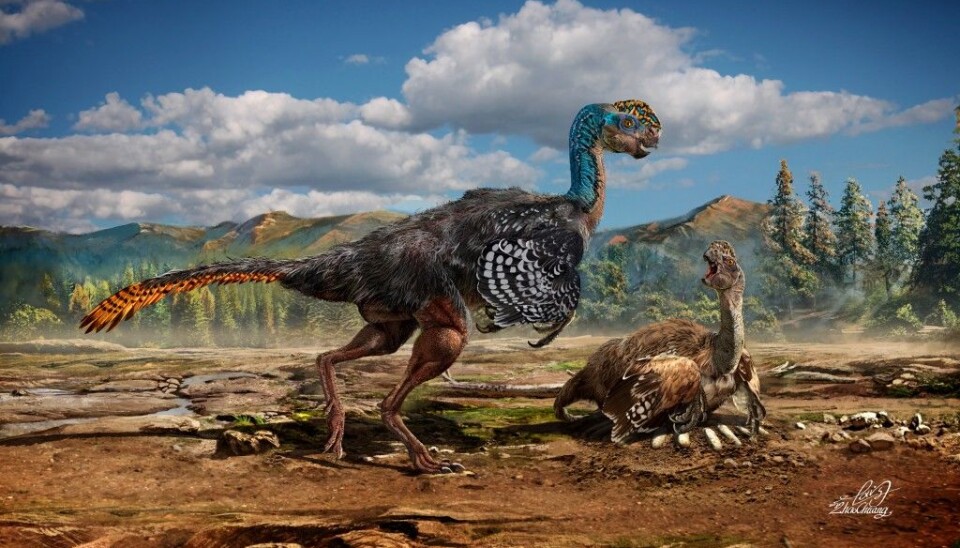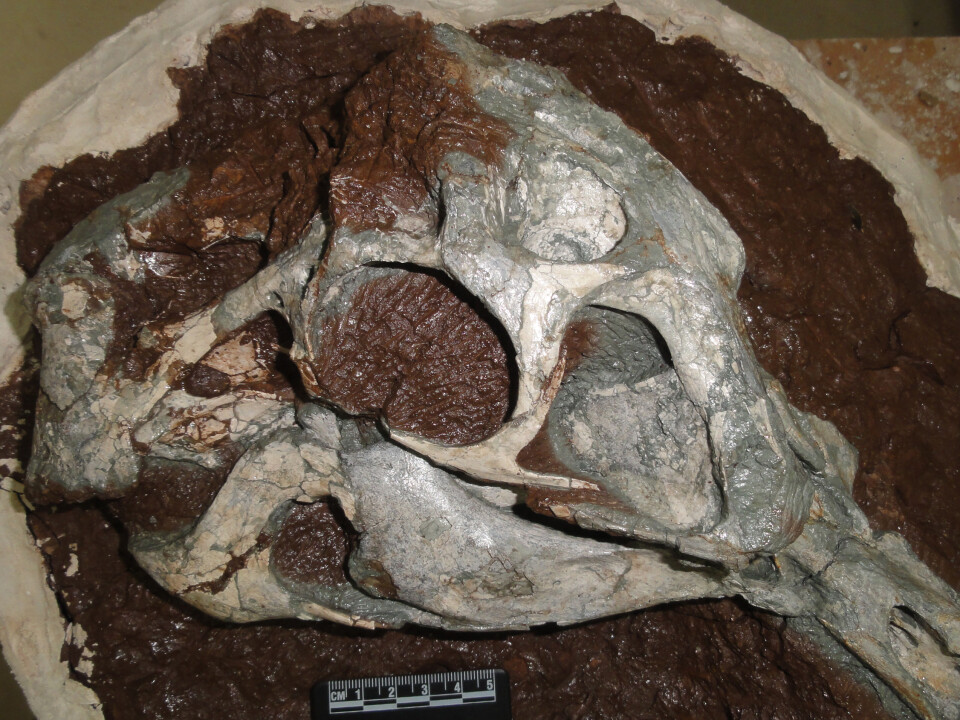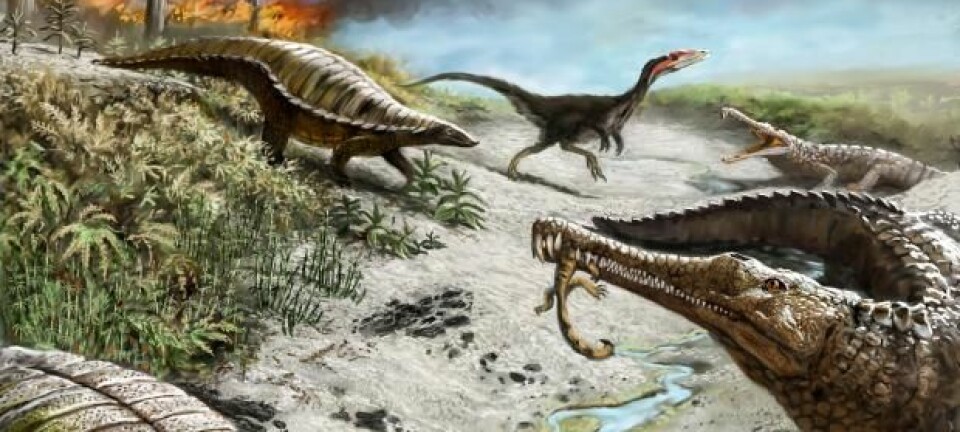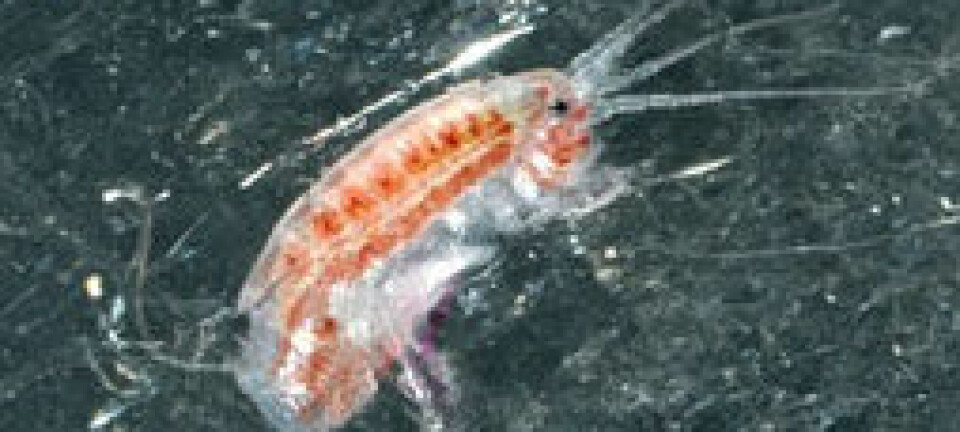
New feathered dinosaur species found in China
Scientists discover new species of dinosaur that once roamed the Asian continent.
A team of scientists from China and Sweden have found a new species of dinosaur, which had relatives throughout the modern day Asian continent. The results have just been published in the journal Scientific Reports.
In a press release, the scientists report that these dinosaurs once roamed throughout Asia, from as far away as Mongolia and all the way to southern China.
It is believed to be a type of oviraptorosaur – an unusual group of feathered dinosaurs that varied in size from as small as a turkey right up to 8 metres in length. They had some unique features, including short beaked skulls and some had bony crests on top of their heads.
The new species -- called Huanansaurus ganzhouensis -- was discovered in the Jiangxi Province of southern China during construction of a new railway station. Many other exciting finds have been unearthed from around this area, including four other species of oviraptorosaur and dinosaur eggs, say the scientists in their new research paper.

Huanansaurus is believed to have lived during the Late Cretaceous, between 100 and 65 million years ago, which is considered to be the time that the Age of Dinosaurs ended.
Their closest relative is found 3,000 kilometres away in Southern Mongolia, and according to the scientists behind the study, this may suggest that there were similar environmental conditions across this entire area to allow this group of dinosaurs to expand their population across such a large distance.
---------------
The above has been selected and summarised by ScienceNordic, but the editors have not conducted independent research. Go to the original source for more details.









